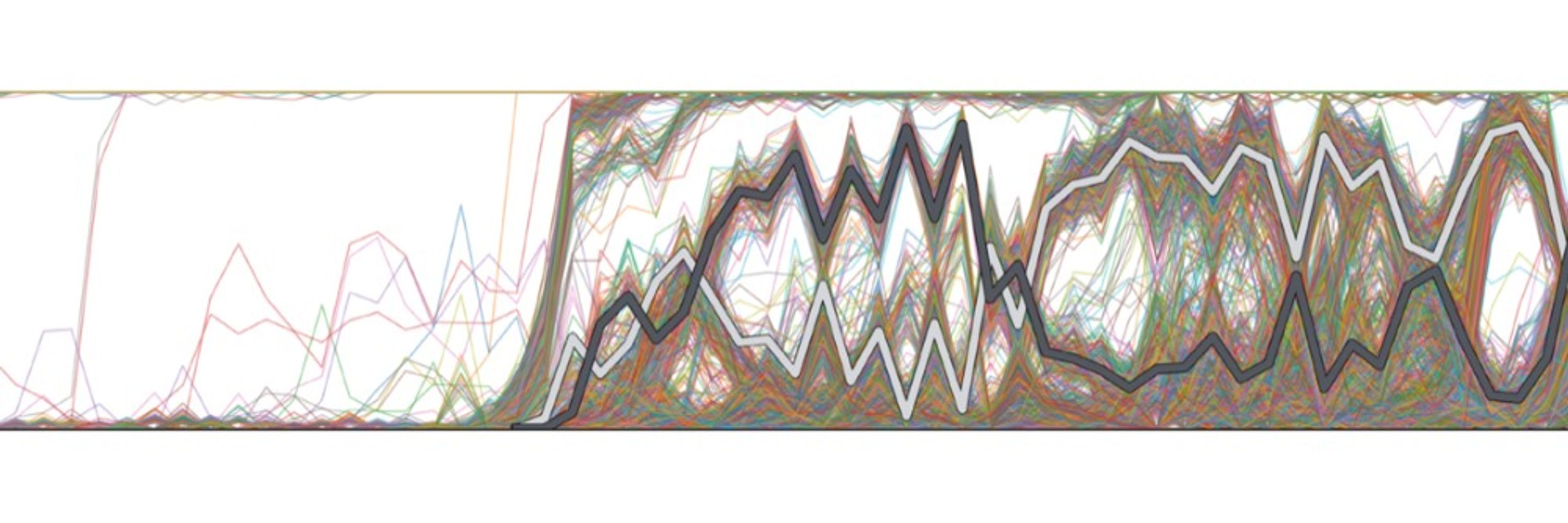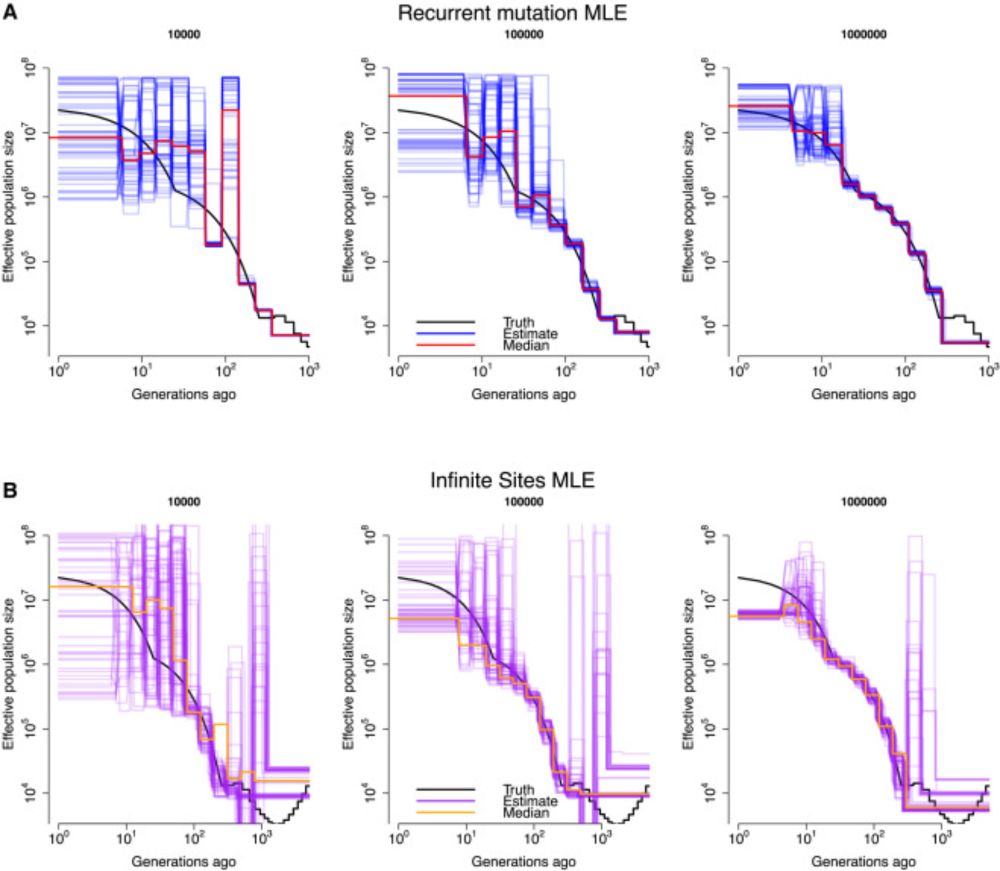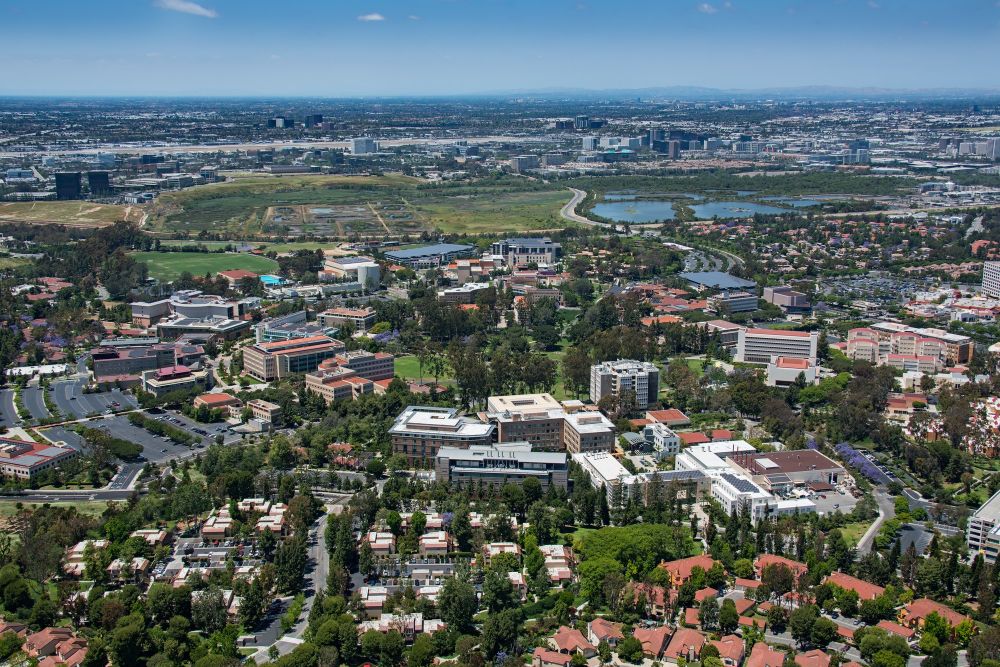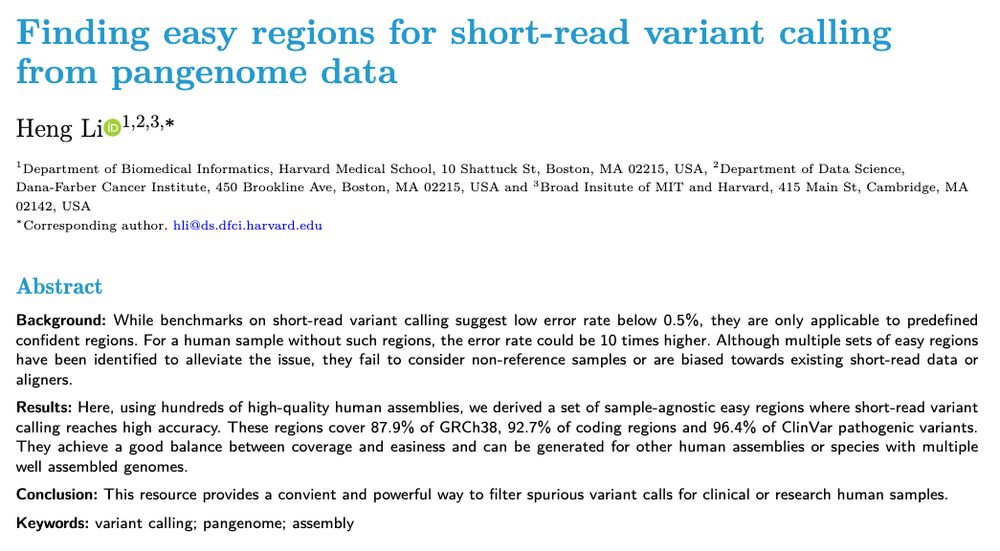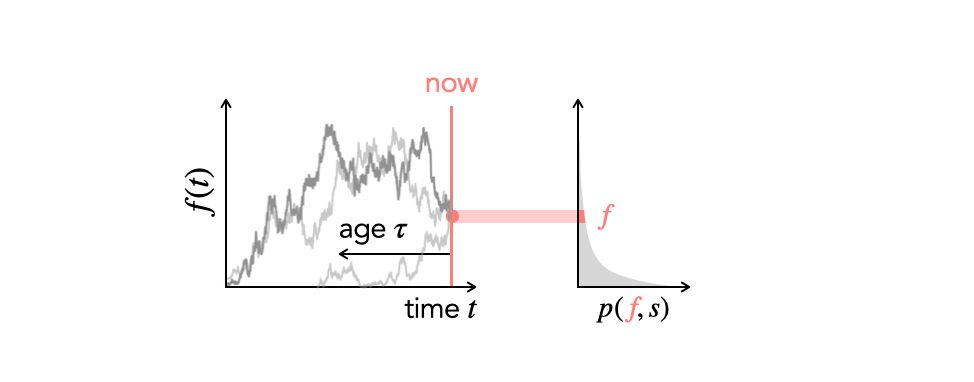Ben Good
@benjaminhgood.bsky.social
890 followers
350 following
20 posts
Assistant Professor of Applied Physics @Stanford. Theoretical biophysics. Evolutionary dynamics. Microbial evolution. https://bgoodlab.github.io/
Posts
Media
Videos
Starter Packs
Pinned
Ben Good
@benjaminhgood.bsky.social
· Aug 16

Prehistoric Global Migration of Vanishing Gut Microbes With Humans
The gut microbiome is crucial for health and greatly affected by lifestyle. Many microbes common in non-industrialized populations are disappearing or extinct in industrialized populations. Understand...
www.biorxiv.org
Reposted by Ben Good
Reposted by Ben Good
Reposted by Ben Good
Joao Ascensao
@joaoascensao.bsky.social
· Aug 21

Frequency-dependent fitness effects are ubiquitous
In simple microbial populations, the fitness effects of most selected mutations are generally taken to be constant, independent of genotype frequency. This assumption underpins predictions about evolutionary dynamics, epistatic interactions, and the maintenance of genetic diversity in populations. Here, we systematically test this assumption using beneficial mutations from early generations of the Escherichia coli Long-Term Evolution Experiment (LTEE). Using flow cytometry-based competition assays, we find that frequency-dependent fitness effects are the norm rather than the exception, occurring in approximately 80\% of strain pairs tested. Most competitions exhibit negative frequency-dependence, where fitness advantages decline as mutant frequency increases. Furthermore, we demonstrate that the strength of frequency-dependence is predictable from invasion fitness measurements, with invasion fitness explaining approximately half of the biological variation in frequency-dependent slopes. Additionally, we observe violations of fitness transitivity in several strain combinations, indicating that competitive relationships cannot always be predicted from fitness relative to a single reference strain alone. Through high-resolution measurements of within-growth cycle dynamics, we show that simple resource competition explains a substantial portion of the frequency-dependence: when faster-growing genotypes dominate populations, they deplete shared resources more rapidly, reducing the time available for fitness differences to accumulate. Our results demonstrate that even in a simple model system designed to minimize ecological complexity, subtle ecological interactions between closely related genotypes create frequency-dependent selection that can fundamentally alter evolutionary dynamics. ### Competing Interest Statement The authors have declared no competing interest.
doi.org
Ben Good
@benjaminhgood.bsky.social
· Aug 17

Limited codiversification of the gut microbiota with humans
A recent study by Suzuki & Fitzstevens et al ([1][1]) argued that dozens of species of gut bacteria have codiversified with modern human populations. Reanalysis of their data reveals that the correlat...
www.biorxiv.org
Ben Good
@benjaminhgood.bsky.social
· Aug 17

Dynamics of bacterial recombination in the human gut microbiome
Recombination is a ubiquitous force in bacterial evolution, but its dynamics are poorly characterized in many natural populations. This study presents a metagenomic approach for quantifying the landsc...
journals.plos.org
Ben Good
@benjaminhgood.bsky.social
· Aug 17
Ben Good
@benjaminhgood.bsky.social
· Aug 17
Ben Good
@benjaminhgood.bsky.social
· Aug 16

Prehistoric Global Migration of Vanishing Gut Microbes With Humans
The gut microbiome is crucial for health and greatly affected by lifestyle. Many microbes common in non-industrialized populations are disappearing or extinct in industrialized populations. Understand...
www.biorxiv.org
Reposted by Ben Good
Sean Gibbons 🦠💩
@gibbological.bsky.social
· Jul 31
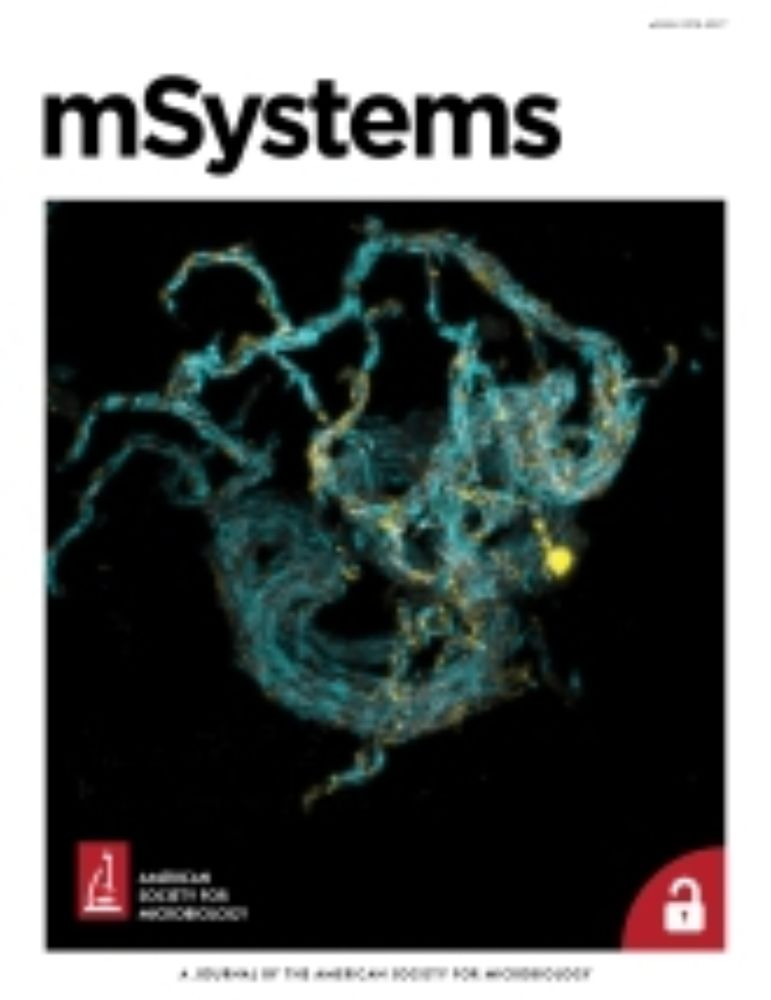
Metagenomic estimation of absolute bacterial biomass in the mammalian gut through host-derived read normalization | mSystems
In this study, we asked whether normalization by host reads alone was sufficient to
estimate absolute bacterial biomass directly from stool metagenomic data, without
the need for synthetic spike-ins, ...
journals.asm.org
Reposted by Ben Good
Hakhamanesh Mostafavi
@hakha.bsky.social
· Jul 25
Reposted by Ben Good
Reposted by Ben Good
Reposted by Ben Good
Laura Markey
@lauramarkey.bsky.social
· Jun 25

Microbiome diversity of low biomass skin sites is captured by metagenomics but not 16S amplicon sequencing
Established workflows for microbiome analysis work well for high microbial biomass samples, like stool, but often fail to accurately define microbial communities when applied to low microbial biomass ...
www.biorxiv.org
Ben Good
@benjaminhgood.bsky.social
· Jun 21
Ben Good
@benjaminhgood.bsky.social
· Jun 20
Reposted by Ben Good
Olivia Ghosh
@oliviamghosh.bsky.social
· Jun 20
Reposted by Ben Good
Olivia Ghosh
@oliviamghosh.bsky.social
· Jun 20
